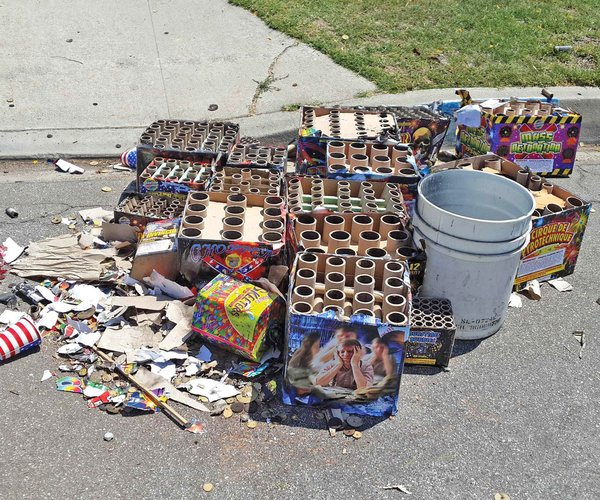The learning environment has drastically changed for all students in California since the COVID-19 coronavirus pandemic forced the closure of all schools for the remainder of spring on April 1.
Learning environment has dramatically changed in all schools





